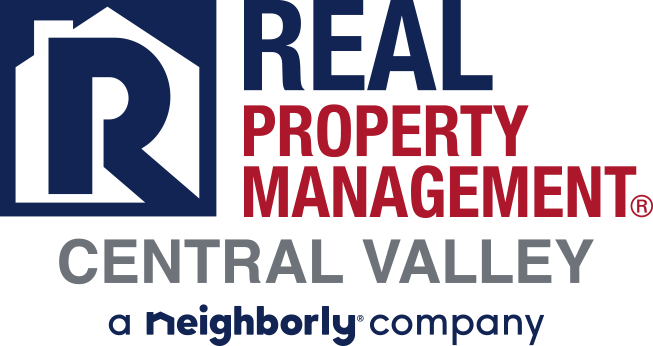About Central Valley, California

The Central Valley of California, a vast and flat expanse that dominates the state’s interior, is a powerhouse of agricultural production. Its economic significance cannot be overstated, as it is one of the most productive agricultural regions in the world and a linchpin of the state’s economy. Let’s delve into the intricacies of this vital region.
Geography and Climate
Location: The Central Valley stretches about 450 miles (725 km) from north to south, covering the area between the Sierra Nevada to the east and the Coast Ranges to the west.
Subregions are often divided into two main sections: the Sacramento Valley in the north and the San Joaquin Valley in the south.
Climate: The climate of the Central Valley varies from Mediterranean in the north to semi-arid in the south. Summers are typically hot and dry, while winters are mild with occasional fog, particularly in the southern San Joaquin Valley.
Agriculture
Agricultural Hub: The Central Valley is a critical agricultural area, producing over half of the fruits, vegetables, and nuts grown in the United States. This significant contribution to the national food supply underscores the valley’s importance. Major crops include almonds, grapes, cotton, tomatoes, and citrus fruits.
Water Sources: Agriculture in the valley relies heavily on an extensive irrigation system that draws water from rivers like Sacramento and San Joaquin and underground aquifers.
Challenges: The region faces water scarcity issues due to droughts, over-reliance on groundwater, and increasing demands from agriculture and urban areas.
Economy and Demographics
Economic Importance: Beyond agriculture, the Central Valley’s economy also includes manufacturing, transportation, and distribution industries, particularly in cities like Fresno, Bakersfield, and Stockton.
Population: The Central Valley is a melting pot of cultures, home to a diverse population that includes many Latino and immigrant communities. These communities, many of whom work in agriculture and related industries, contribute to the rich tapestry of life in the valley.
Environmental Concerns
Air Quality: The Central Valley often experiences poor air quality due to vehicle pollution, agriculture, and industrial activities. The valley’s geography can trap pollutants, contributing to issues like smog.
Water Issues: Water management is a significant concern, with ongoing debates over water rights, usage, and conservation. These debates often revolve around balancing the needs of agriculture, urban areas, and the environment, especially given California’s frequent droughts.
Culture and Lifestyle
Diverse Communities: The Central Valley is known for its varied cultural heritage, with influences from Native American, Mexican, Portuguese, Hmong, and other communities. These diverse influences contribute to the valley’s rich cultural tapestry.
Lifestyle: The region offers a mix of urban and rural living, with a slower pace of life in smaller towns and farming communities than California’s coastal cities.
Transportation
Major Highways: Interstate 5 (I-5) and State Route 99 (SR 99) are the main north-south highways running through the Central Valley, connecting it to other parts of California.
Rail and Air: The region is served by several regional airports, and Amtrak provides rail service through the San Joaquin corridor.
Contact Us
At RPM Central Valley, we save busy owners the time, money and hassle of managing rental properties themselves.
To learn more about the services that we can offer you, contact us today at (209) 572-2222 or click here.
